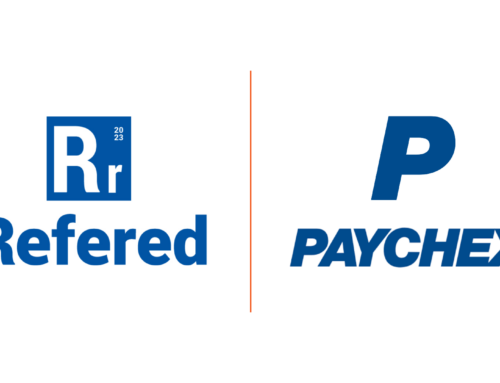Employee turnover costs are widely discussed but seldom implemented because many executives believe it is either not entirely within their control or is more abstract than increasing revenue. The excessive cost of staff turnover is something that most firms are aware of. However, in terms other than cash wasted, how much does it cost firms to lose talent?
According to Jumpstart, employee turnover costs between 40 and 400% of an employee’s annual income. Money, time, and other hidden or ‘soft’ expenses all contribute to the total cost of turnover, which is sometimes substantially more than expected. Unfortunately, many businesses do not consider the expense of turnover a significant issue. According to one poll, less than half of companies have a system to quantify turnover costs accurately. Another problem is that turnover cost is often overestimated and regarded as an ‘unavoidable’ corporate expense.
True, some turnover is unavoidable and may even be beneficial; the goal should be to keep outstanding talent while replacing under-performers. Managers aware of their organization’s turnover rate and cost are better positioned to reduce these expenditures.
Why Employee Turnover Matter
Employee turnover affects a company negatively in many ways. Some of the negative impacts of employee turnover are examined below.
Employee Turnover Lowers Morale
When you lose an employee, one of the first things you will notice is a drop in staff morale. As more employees leave, the remaining employees may have lost a valuable coworker, which is more important than you believe. According to research by Office Vibe, having a friend at work is the most important aspect of a good work-life for 70% of employees. Furthermore, 50% of employees with a work friend report feeling a better connection to their company. As a result, if one of your workers leaves, the culture and dedication your existing employees have to the company and their position in it may suffer.
Decreased Productivity
Because you have fewer staff members to do the job, losing staff also contributes to lower productivity. As the surviving employees are overworked to make up the gap, their stress levels rise, making it harder to perform at their best. This drop in employee productivity is also a monetary loss for your company. According to a HubSpot analysis, decreased productivity costs American businesses $1.8 trillion each year.
Ramping Time
Even those with top talent will take time to learn a new profession and come up to speed. Everyone loses productivity during the ramp-up period because seasoned personnel are connected to training, which leads to lost income for up to a year.
Training Costs
The cost of the training is related to ramping time. In terms of both money and effort, communicating processes and techniques to new hires and ensuring that instructors are on board to impart knowledge can be costly.
Other costs include:
- Recruiting expenses: This includes the expenditure of advertising, interviewing, vetting, and recruiting a new employee.
- The cost of integrating a new employee, which includes training and managerial time.
- Lost productivity: It might take a new worker one to two years to catch up with a current employee’s productivity.
- Employee disengagement: When there is a lot of turnovers, other employees get disengaged and lose productivity.
- Customer service and errors: New employees take longer to finish tasks and are typically inept at problem-solving.
- Training costs: Over the course of two to three years, a company will invest 10% to 20% of an employee’s pay or more on training, according to PeopleKeep, Inc.
Cost of Employee Turnover is High
One of the most significant concerns about employee turnover is the financial expenditure on recruiting and training new people to replace those who have left. While the actual costs of employee turnover differ, it is undeniably something businesses must address. According to some research done by Enrich, replacing a paid employee costs a company 6 to 9 months’ income on average. Recruiting and training costs range from $30,000 to $45,000 for a manager earning $60,000 annually. Employee turnover, on the other hand, appears to be affected by salary and job title.
One of the reasons the actual cost of employee turnover is unknown is that most businesses lack systems to track exit costs. This needs coordination between departments (HR, finance, operations, etc.), as well as cost-measurement tools and reporting methods.
Need employee retention programs for your business? You can contact us immediately for consultation and assistance.





